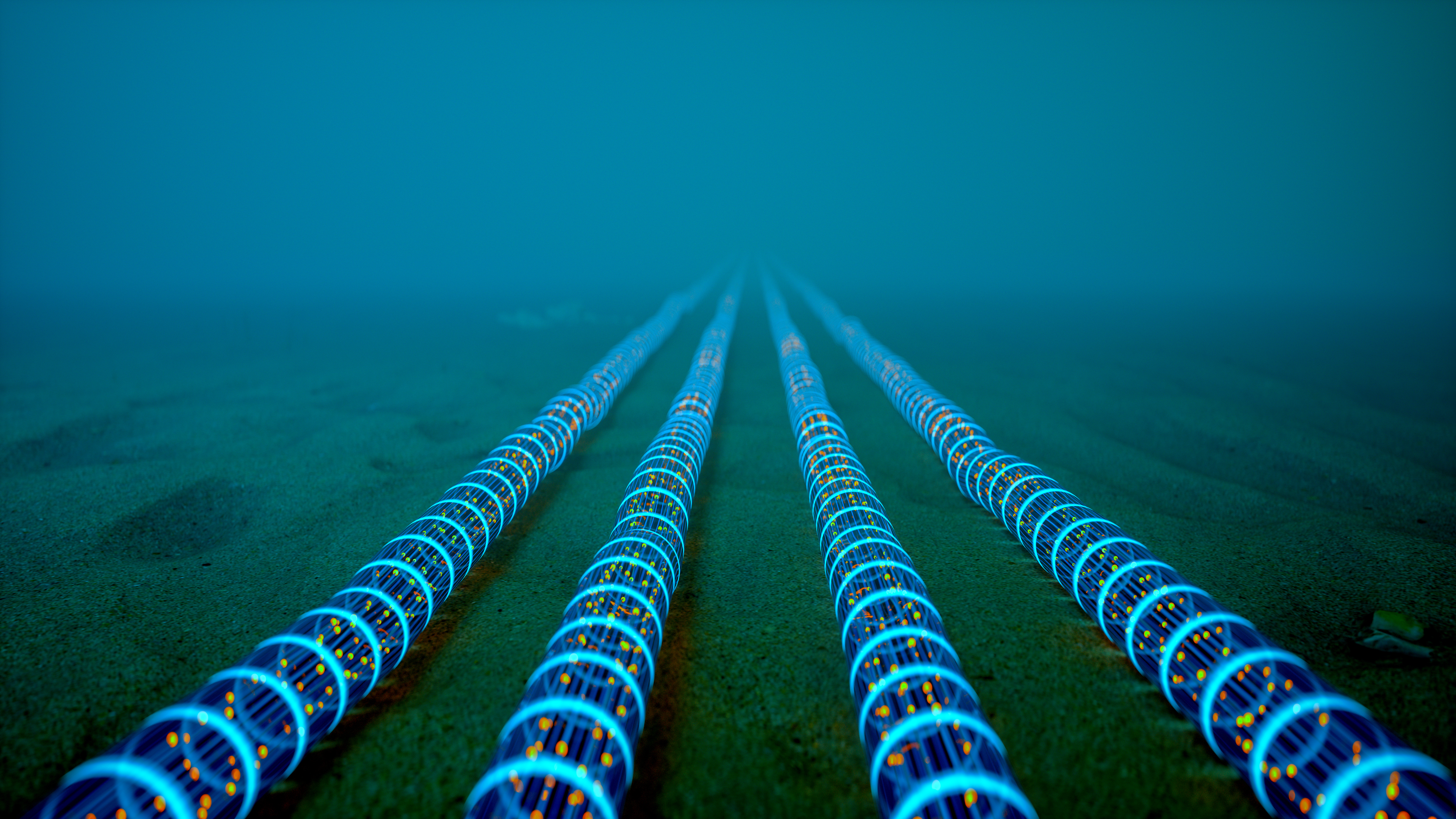Telecom group to build new $116m undersea cable in the Black Sea, bypassing Russia — project set to connect Bulgaria, Georgia, Turkey, and Ukraine
This new undersea cable will deliver an alternate internet route between Europe and Asia.

The Vodafone Group and Vodafone Ukraine are set to work together in building a new undersea cable in the Black Sea that will connect Europe and Asia while bypassing Russia. According to The Express, work on the Kardesa submarine cable system is projected to begin in 2027 in Bulgaria, with other countries following suit soon thereafter. It will also go through war-torn Ukraine, but only in internationally recognized safe zones. The project is expected to cost over €100,000,000 (more than $116 million) but will improve connectivity in the countries it connects and maybe even spark further investments in data centers and AI. More than that, it bypasses Russia, which has been suspected of sabotaging several undersea cables starting in late 2024.
At the moment, the Submarine Cable Map only shows a single undersea cable crossing the entirety of the Black Sea, connecting Georgia to Bulgaria. While there are a couple of other cables in the region, they mostly connect neighboring countries like Russia and Georgia, and Bulgaria and Turkey. The Kardesa project will interconnect the three neighboring countries — Georgia, Turkey, and Bulgaria — and then cross the sea to land in Ukraine, adding another connection point between Europe and Asia that does not go through the Mediterranean.

This additional connection is crucial as states and non-state actors discover the vulnerability of global undersea connections. Just last month, multiple cables were disrupted in the Red Sea, compromising the connectivity between Europe, Asia, and the Middle East. So, multiple paths that go through various geographical regions would offer internet route diversity, or the option to route traffic through different cables.
That way, even if one cable fails or gets attacked, others can take over the connection, increasing the resilience of the global internet. Meta has realized this, and it’s planning a 50,000-km global undersea cable that will connect the U.S., Brazil, Africa, India, and Australia. The proposed routing avoids global geopolitical hotspots, like Northern Europe, the Middle East, and the Malacca Strait.
However, routing undersea cables to avoid threats isn’t always viable for nations within an area, so companies and countries have started taking steps to protect them. For example, German company AP Sensing developed the Distributed Fiber Optic Sensing technology, which uses sonar to detect sabotage on fiber optic cables. NATO has also begun to deploy drones to protect undersea infrastructure, while Taiwan is ramping up patrols to protect its 24 cables.

Follow Tom's Hardware on Google News, or add us as a preferred source, to get our latest news, analysis, & reviews in your feeds.
Get Tom's Hardware's best news and in-depth reviews, straight to your inbox.

Jowi Morales is a tech enthusiast with years of experience working in the industry. He’s been writing with several tech publications since 2021, where he’s been interested in tech hardware and consumer electronics.
-
FunSurfer They need to lay magnetic-mines-cables in parallel to the communication cable on both sides but not very close, so when a hostile ship will drag its anchor to cut the communication cable, it will hit the mines cable first, the closest magnetic mines will stick to the anchor and explode it, protecting the communication cable and rendering the hostile ship anchor-less.Reply -
Air2004 "So, multiple paths that go through various geographical regions would offer internet route diversity, or the option to route traffic through different cables."Reply
What exactly is "route diversity" ?
I know what redundancy is but "route diversity" not so much. -
Air2004 Reply
That's all well and good for hostile ships but what about the non-hostile ships that may find a need to drop anker in the same area for whatever reason ? Do we allow these mines to blow up their anker as well ?FunSurfer said:They need to lay magnetic-mines-cables in parallel to the communication cable on both sides but not very close, so when a hostile ship will drag its anchor to cut the communication cable, it will hit the mines cable first, the closest magnetic mines will stick to the anchor and explode it, protecting the communication cable and rendering the hostile ship anchor-less. -
FunSurfer Reply
GPS global positioning can alert cable coordinates, and prevent accident cable tear from benign ships. Not many ships actually anchor in the middle of the sea. Statistically, it there is a very small chance to directly hit a two dimensional cable unintentionally compared to anchor that is dragged for many miles.Air2004 said:That's all well and good for hostile ships but what about the non-hostile ships that may find a need to drop anker in the same area for whatever reason ? Do we allow these mines to blow up their anker as well ? -
Air2004 Reply
I didn't realize that the cables were public knowledge (That seems kinda silly to me but I suppose it could make sense) any how, when I mentioned a non-hostile ship having to drop anker for whatever reason, I was referring to an emergency situation (I'm no ship captain) but if they run out of fuel, engine breaks down ect.FunSurfer said:GPS global positioning can alert cable coordinates, and prevent accident cable tear from benign ships. Not many ships actually anchor in the middle of the sea. Statistically, it there is a very small chance to directly hit a two dimensional cable unintentionally compared to anchor that is dragged for many miles.
I would assume that they would wanna drop anker to avoid drifting off course and god forbid it happens an area where the cables may be buried... well, I suppose when the mines you propose end up destroying their anker the previous emergency which required them to drop anker in the first place won't seem so bad. /s